| 1 | Boy falls off cliff, bitten by snake |
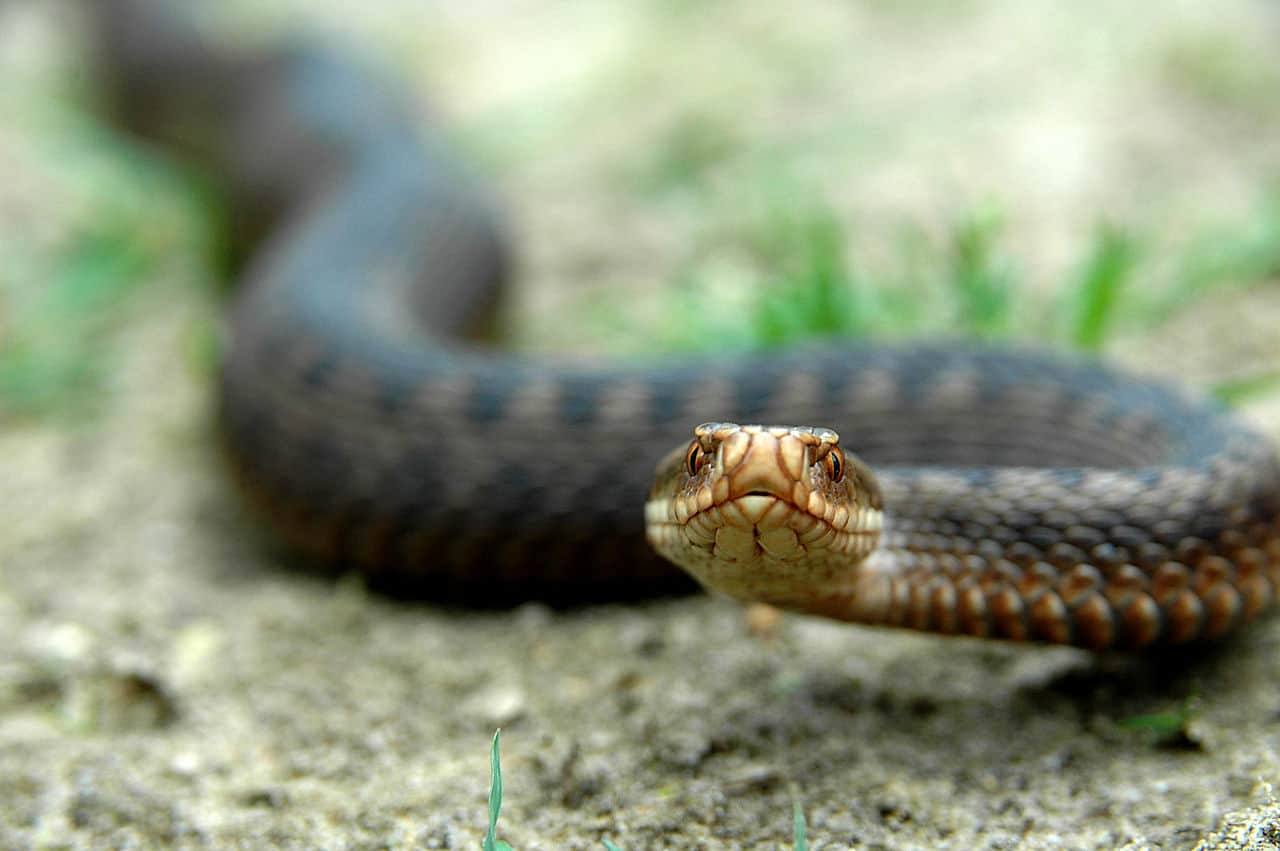
14 year old Brock Leach was enjoying a day climbing in Trebarwith Strand, Cornwall, when his day suddenly unravelled. It started with a slip, perhaps on lichen, which sent him tumbling 100 feet off a cliff, bouncing and colliding with rocks as he fell. When he stopped, his pelvis was fractured. His brother Josh, 16, heard Brock scream and called for help.
Brock began the long tortuous climb back up, but his day soon went from bad to worse. An adder was perched on a rocky outcrop, the only venomous snake in Britain, and sank its fangs into Brock’s hand as he crawled upwards. It didn’t take long before his arm swelled to three times its normal size. Josh scrabbled down to his brother, but he was unable to climb any further, and so a helicopter flew in to airlift him off the cliff.
His mother heard the rescue helicopter overhead, but had no clue her sons were involved. She only learnt the truth when Brock arrived home with a coastal guard officer, having been treated in hospital with antivenom. It only takes one slip to send you into the arms of a snake.
| 2 | Cobra groom fails to arrive |

Our next story concerns an unusual wedding. Sandeep Patel, 27, was a peasant who became convinced that a local cobra was the reincarnation of a beautiful woman, and had fallen in love with him. Patel also revealed that he was able to turn into a snake at night, after going into a deep trance. A wedding ceremony was swiftly organised, to proclaim their undying love for the whole world to hear.
A Hindu priest confirmed that Patel had exhibited characteristics of a snake since his childhood, walking, drinking and even flecking his tongue like a serpent. 12000-15000 Hindus arrived to watch the ceremony, but just as the priest prepared to certify the wedding, armed police burst through the doors of the temple, sending the crowd scattering. The news led thousands of Hindus to riot on the streets of India’s Phoolpur state.
This wasn’t the first cobra-human marriage case. In 2011, Bimbala Das was left heartbroken when her cobra groom failed to attend the wedding, preferring to stay in the anthill it lived in. She sat waiting for an hour wearing her silk saree, while priests chanted in unison, and the tearful bride was forced to settle for holding a brass replica instead.
| 3 | Rattlesnake selfie |
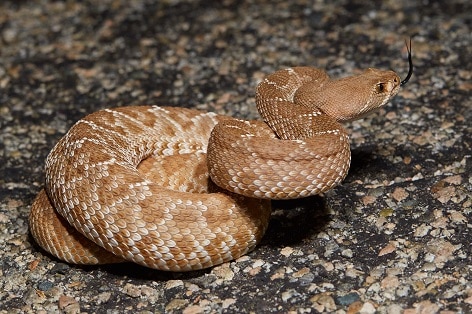
Selfies were still a huge craze in 2015, maybe fizzling out a little, and therefore one guy tried to take it to the next level, as is inevitable with anything. The victim was San Diego citizen Todd Fassler, who decided to pick up a rattlesnake, stretch out his arm, and capture man and adoring serpent in a single frame.
Fassler had previously owned a rattlesnake for a year, having released it into the wild because he thought wildlife authorities would appreciate it. The selfie stunt went horribly wrong, and soon Fassler’s arm was covered with black, rotting skin, with the possibility of losing his hand. But worse was the $153,000 hospital bill he racked up. The giant pricetag came from the many vials of CroFab antivenom (America’s standard for rattlesnakes) they were forced to administer, with Fassler managing to deplete the entire antivenom stock of two local hospitals.
The exact number of vials wasn’t disclosed, but a 6 year old snakebite victim was forced to take 42 vials in 2012. The wholesale rate that hospitals pay to the manufacturer was $2500 as of 2015.
| 4 | Toxin targets GABA receptors |
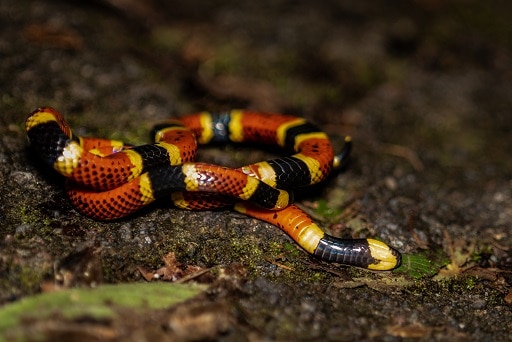
The Costa Rican coral snake is one of a handful in its namesake country, another being Clark’s coral snake. Its venom leads to seizures and neurotoxic death, but scientists were long confused as to how.
Black mambas and cobras cause paralysis by blocking acetylcholine (ACh) receptors in muscles, preventing them from receiving brain signals. But when scientists applied Micrurus mipartus venom to mice saturated with ACh receptors, nothing happened. Instead, the scientists discovered a massive affinity for GABA receptors, the brain receptors behind relaxation, that alcohol and benzo anxiety drugs target. MmTX bound to GABA receptors 100 times more strongly than any compound known.
When severe alcohol addicts quit cold turkey, the GABA receptor withdrawal causes them to have seizures and epileptic fits – hence why alcoholics are weaned off slowly. The Costa Rican coral snake mimicked this effect, but slightly differently. It bound to the GABA receptors, twisted the nerve shape, and making them permanently more receptive to GABA molecules. This prevented them from resetting as normal. Costal Rican coral snakes turned out to have a unique venom, but more positively, scientists were interested in MmTX for treating epilepsy and schizophrenia.
| 5 | Snake evolution pushed back |

Until 2015, the oldest snake fossils were only 100 million years old. That changed when scientists unearthed 4 sets of fossils that put back the earliest snakes 67 million years, deep in the earlier days of the dinosaurs. None of these fossils were new, but identified in forgotten museum collections around the world. Michael Caldwell and his researchers had spent over a decade searching through old drawers and dusty jars on shelves.
The key thing was that the skulls were already longer and more pointed than lizards, which was one of the earliest ways that the lineages separated. It’s believed though not certain, that they still had 4 limbs at this stage, but their classic flexible jaws were already developing. Originally, it was theorised that snakes diverged and spiralled into modern snakes rapidly, but now the evolution seemed more gradual.
One of these 167 million year snakes came from Kirtlington, Oxfordshire, and was dubbed Eophis underwoodi. It was a small snake, probably a youngling, with just the head discovered. Another came from coal mines in Guimarota, Portugal, and was named Portugalophis lignites, and was estimated to be 1 metre long.
| 6 | Mother sucks venom from boy’s wound |
This heroic tale inspired both cheers and criticism in equal measure. It happened on a bike trail near Folsom, California, where Jacklyn Caramazza was walking with her 4 year old son Vinny, who had the misfortune to be struck by a flying rattlesnake.
Jacklyn thought it was a scratch, but the boy insisted he’d been bitten, and within minutes his ankle was turning black and blue, with the necrotic venom spreading through every capillary. Doctors could be miles away, so without hesitation, Caramazza bent down, applied her lips, and started sucking the venom from her son’s wound.
Some called the sucking manoeuvre an unnecessary risk, while others called it a heroic tale for the ages. Caramazza was 9 months pregnant at the time, and doctors were surprised that the venom had affected neither her nor her unborn baby. Caramazza said that after remembering TV shows from her youth, the “Mama Bear instinct in me decided to suck the venom out”. Authorities insisted that snakebites were simple to treat these days, including reptile rescuer Al Wolf, who had already been bitten 13 times over his career, and was evidently still alive. The little boy ended up recovering nicely.
| 7 | Hedgehog defeats python |
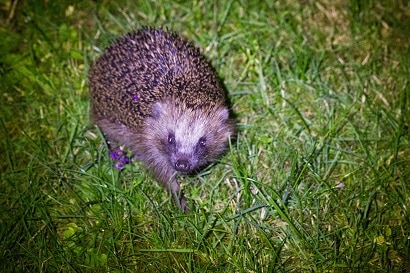
The African rock python is Africa’s largest snake, but in June 2015, one was filmed being defeated by a very small foe in South Africa’s Lake Eland Game Reserve. This species has swallowed 100 pound impalas and hyenas live on film before, so a porcupine would hardly intimidate them. That is, if it didn’t have the good sense to notice the 30,000 spikes coating its back.
African rock pythons hunt largely by scent, flecking their tongue and chemosensing. The snake slithered up to the 30 pound porcupine and swallowed, and the usual large bulge appeared 1 third of the way down its body. But then things went wrong. The rock python took a tumble off a small rocky ledge, and immediately began dying. The ledge wasn’t high enough to shatter its bones, so the explanation was surely that the fall caused a fatal puncture, driving the porcupine’s spines deep into the snake’s internal organs.
Sure enough, reserve keepers cut the porcupine from the dead snake’s stomach, and found several quills still embedded in the python’s digestive tract, though the exact cause of death wasn’t confirmed.
| 8 | New death adder discovered |

2015 was the year that Australia’s wilderness got slightly deadlier, if that was possible. Scientists discovered a new venomous snake species, concentrated in the Kimberley region of Australia’s north-west: the Kimberley death adder. This had actually been collected from the wild several years earlier, but falsely attributed to the northern death adder species. The snake was stashed in the West Australia museum, and relegated to the backs of everyone’s minds, until a student dug it out, conducted DNA analysis, and proved the dead snake to be its own species. The Kimberley death adder differed by scale counts, but also an unpigmented belly, bordered by several black spots. The usual thick body and diamond-headed shape were in place.
It wasn’t surprising that the discovery took so long, as Kimberley death adders are believed to be rare in their parched desert landscapes. The poisonous cane toad may be reducing their numbers, advancing 40-60km further into Kimberley each year.
The snake’s genetic profile was closest to desert death adders and Pilbara death adders. Like its entire family, it’s a sit-and-wait predator which can stay motionless for days until a rodent walks past.
| 9 | Smuggling plot foiled |

In June 2015, a smuggling plot involving 6 men was foiled close to the Bhutan border in eastern India. Their consignment: illegally smuggled snake venom, estimated to be worth $15 million on the international market.
The smugglers were carrying venom vials consisting of bulletproof glass, stashed in school bags, and were riding motorbikes down highways, hoping to disappear in plain sight. The vials were divided into three forms, white crystals, yellow granules, and coco cola liquid form. Close inspection revealed that the glass containers were stamped with “made in France”, and had likely been flown to Bangladesh before the attempt to deliver in Bhutan by stealth.
Chemical analysis was inconclusive, but strongly pointed towards the venom being from cobras. Snake venom is highly valuable and sought after, mainly for its usage in antivenom. The smugglers were later questioned about their links to an international crime syndicate, but their ultimate fate was never revealed. Under India’s Wildlife Protection Act, the milking of some snake species is allowed, but others such as cobras are off limits.
| 10 | Burmese python saga continues |
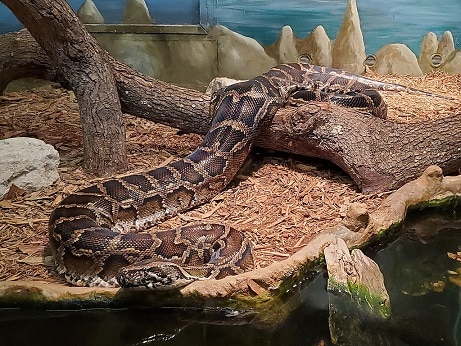
In 2013, Florida authorities announced a nationwide hunt for the Burmese python, which produced just 68 kills. In 2014, a restaurant proposed turning them into pizza (which tasted like chicken). 2015 saw the python invasion reach new heights when an individual weighing 133 pounds, and measuring 5.6 metres (18 feet) turned up. It was found along a tram road called Shark Valley, and required 5 people to hold it when posing for a photograph. The python was humanely euthanised, and a necropsy found no food in its stomach.
In 2015, a study on their movements was also released. Scientists had implanted painless radio trackers beneath the pythons’ skin and set them loose. Surprisingly, the pythons behaved differently to in their native Burma. They moved further per day in the everglades, often 180 metres, and moved 800 metres from the site of their release before establishing territory.
The main motivator was moisture; when the ground dried out, the pythons activated and moved to a new spot. The pythons congregated more than expected, with less territorial instincts. The study’s real goal was identifying new ways to kill Burmese pythons, as their camouflage is so amazing that humans can be 6 feet from knee high grass and not spot them. Fascinating though it was, the study led to no new brainwaves.
